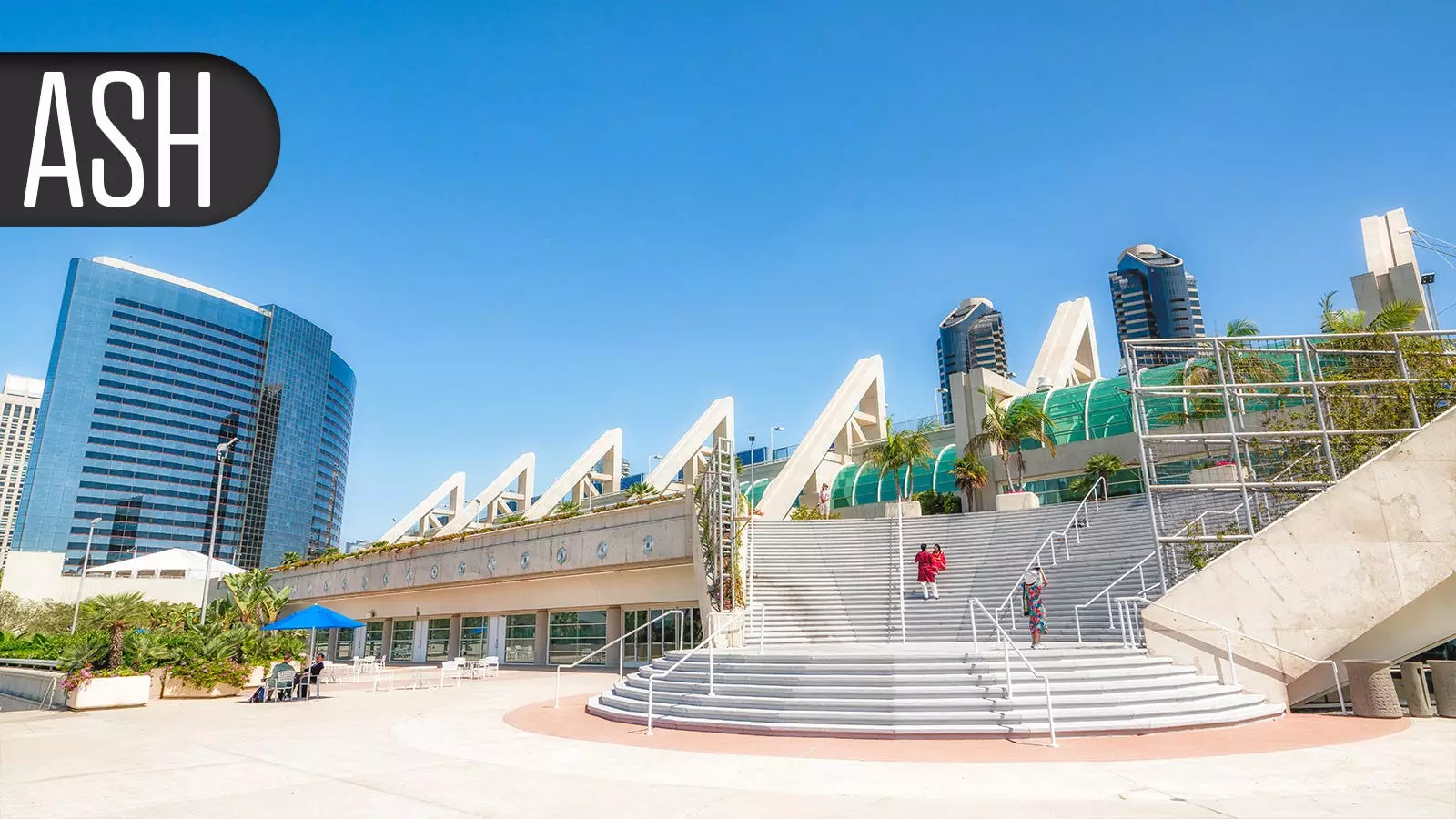Childhood B-cell acute lymphoblastic leukemia (B-ALL) presents a formidable challenge in pediatric oncology, often proving resistant to conventional treatment methods. However, recent advancements in immunotherapy have sparked renewed hope, particularly with the introduction of an investigational therapy known as bicistronic CAR T-cell therapy. A recent study involving over 300 patients has demonstrated remarkable efficacy, achieving nearly universal response rates, a finding that could redefine treatment protocols for relapsed or refractory cases of this aggressive cancer.
In a cohort of 343 pediatric patients treated with bicistronic CAR T-cell therapy, the results were overwhelmingly positive. According to researchers led by Dr. Hua Zhang from SPH Biotherapeutics in Shanghai, the treatment achieved a staggering 99.1% complete remission or complete remission with incomplete count recovery among subjects. Such high clinical response rates are historically unprecedented for relapsed or refractory B-ALL, where treatment options have often fallen short. The 1-year event-free survival (EFS) rate reached 75.5%, along with an impressive overall survival (OS) rate of 93.5%. These statistics underscore the potential of bicistronic therapy to offer durable remissions that could have a lasting impact on patient quality of life.
Bicistronic CAR T-cell therapy operates by targeting two critical receptors, CD19 and CD22, simultaneously. This dual targeting may represent a significant advancement over previous approaches that focused on single receptor targeting. Previous studies reported promising results using separate CAR T-cell products for CD19 and CD22; however, the variability in cancer cell responses and the complexity of managing two distinct treatments posed practical challenges. By streamlining the approach into a bicistronic format, researchers aim to overcome these hurdles, thereby enhancing the robustness and efficacy of treatment.
While the results for bicistronic CAR T-cell therapy are promising, they are not without complications. Cytokine release syndrome (CRS), a common side effect associated with CAR T-cell therapies, developed in all patients in the study. Of particular concern, nearly half of the participants experienced grade 3/4 CRS, highlighting the need for vigilant monitoring during treatment. Significantly, the severity of CRS appeared to correlate more closely with the patient’s disease burden and the viability of infused CAR T-cells rather than the dosage administered. This finding suggests a nuanced understanding of patient-specific factors that warrant further investigation.
Among the study participants, a smaller subset (38 patients) who underwent consolidative allogeneic stem cell transplant demonstrated improved EFS rates compared to those who did not receive the transplant (89.7% vs. 76.8%). Interestingly, the OS rates between these two groups were comparable, with minimal discrepancies. This data suggests that while stem cell transplant can enhance short-term outcomes, there may be no significant difference in long-term survival, an area requiring additional research for clarity on best practices following CAR T-cell therapy.
Experts are optimistic about the findings presented at recent medical conferences, including the American Society of Hematology meeting. Dr. Rachel Rau from the University of Washington emphasized that the dual-targeting approach may fill a critical gap in treatment options for pediatric patients who may not respond effectively to traditional therapies, especially after frontline treatments fail. “The management of B-ALL is evolving, and the addition of new therapies like bicistronic CAR T-cell treatment provides renewed hope,” stated Rau.
The promising results of this investigational therapy have paved the way for continued research and clinical trials. A Phase I study has already been initiated to further explore the safety and efficacy of bicistronic CAR T-cell therapy. As researchers continue to refine treatment protocols and expand the understanding of CAR T-cell dynamics, there is potential for transformative impacts on patient care. Addressing the challenges associated with CRS and optimizing patient selection will be critical as modalities like bicistronic therapy mature in clinical settings.
Bicistronic CAR T-cell therapy represents a potential watershed moment in the treatment of childhood B-ALL. It not only offers remarkable initial response rates but also opens avenues for refining treatment strategies for some of the most challenging cases in pediatric hematology. As the field moves forward, a comprehensive approach involving innovative therapies, management of side effects, and tailored patient care will be essential in the quest to combat this aggressive form of leukemia.


Leave a Reply